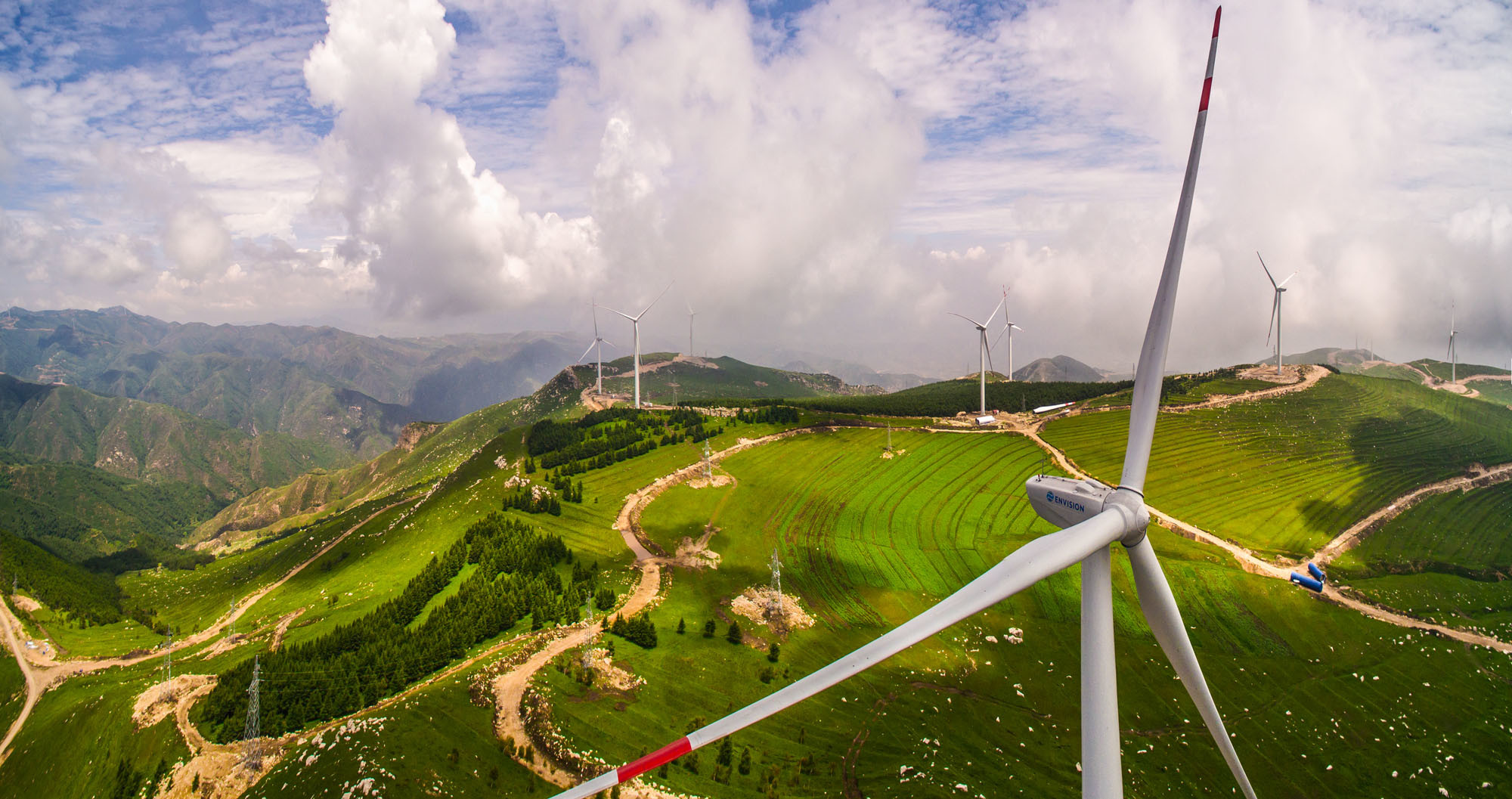

May
Right off the bat, it’s important to make it clear that one of our most important goals at ChinaFund.com is making it clear that a lot of the things people considered quasi-axioms about China have either always been wrong or they were at one point correct but are no longer accurate.
As such, you might just realize that none of the five sectors we are about to cover are completely in line with the preconceptions people tend to have with respect to China. Without further ado, here are the five top growth sectors of the Chinese economy:
- Everything that’s green… not the color, but the energy dimension. Surprisingly enough for a country many tend to associate with the exact opposite, the green sector is surprisingly poised for growth. At this point, China is the #1 producer of solar energy and according to its 13th five-year plan, their goal is having 110 gigawatts of solar capacity operational by he year 2020. The same way, China is the world’s top producer of wind energy, with plans to reach 250 gigawatts in terms of capacity by 2020 and 495 by 2030. Last but not least, it should now come as no surprise that the largest electric vehicle market worldwide is… China. Even so, less than 2 out of 50 cars are electric, making it clear that ample growth potential continues to exist. The list could go on and on, whether we’re talking about biofuels, energy-efficient housing, vertical farming or recycling. For the 2016-2020 timeframe, investments in pollution prevention (again, just prevention) might reach $1.5 trillion
- Healthcare, with projections having it aim for a compound annual growth rate of a staggering 12%. To make this clear, it is worth noting that healthcare spending in China is projected to reach $1 trillion per year by 2020, up from about a third of that in 2011. Also, as per the “Healthy China 2030” blueprint, the healthcare market is expected to be in the $2.3 trillion area by 2030
- Drones, believe it or not, expected to experience a growth rate according to the MIIT (Ministry of Industry and Information Technology) of as much as 40% yearly for civilian unmanned aerial vehicles (UAVs), to a grand total of $9 billion by 2020 and all the way to $27 billion by 2025. As more and more uses are being found for drones, the actual growth rate could conceivably even surpass the already-optimistic growth expectations of the present
- Artificial Intelligence, with aims to generate more than $59 billion in yearly output by the year 2025. At this point, China is still (quickly, however) catching up with the top players of the Artificial Intelligence space, with Baidu, Tencent and other tech giants as well as countless startups working on AI projects. Close to the second half of this century, China will likely become the global leader in the Artificial Intelligence space
- Robotics, with the government’s Robotics Industry Development Plan aiming to generate an industrial robot manufacturing capacity of over 100,000 per year by 2020 and by the end of the decade in question, the industrial robot output is expected to be four times greater. As per the International Federation of Robots, China already has the world’s greatest number of robots, being ranked the top sales marker for industrial robots. It might only be a roughly $30 billion industry at this point but it is poised for significant growth. Not only that, but Chinese authorities do not want to limit themselves to China being home to the largest number of robots, they want more and more to be produced in China, by Chinese companies. By 2020, authorities want over 50% of the domestic demand to be met by Chinese suppliers, a scenario in which 20% of all industrial robots would need to be produced in China
As can be seen, other than perhaps the healthcare industry, it’s quite surprising how much growth industries one would not normally associate with the Chinese business landscape are generating. For this reason, it is once again worth stressing that most of the most popular “universal truths” about China are either downright wrong or no longer accurate. For this reason, performing your own due diligence, just like in any other field, is paramount.
